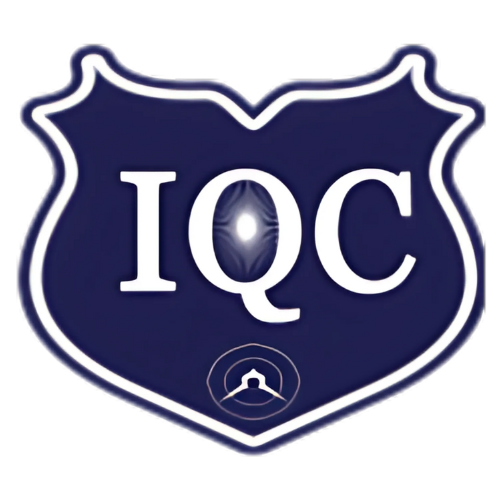In the ever-evolving landscape of cybersecurity, effective risk management is the cornerstone of protecting organizational assets. The Certified Information Security Manager (CISM) certification, offered by ISACA, emphasizes this through its dedicated domain on Information Risk Management. Whether you’re preparing for the CISM exam or looking to enhance your professional skills, understanding how to identify, assess, and mitigate risks is crucial. In this blog post, we’ll dive deep into the essentials of CISM’s approach to risk management, exploring key concepts, best practices, and real-world applications.
What is CISM and Why Focus on Risk Management?
CISM is a globally recognized certification designed for information security managers who oversee and govern enterprise security programs. Unlike technical certifications, CISM focuses on the managerial aspects, bridging the gap between IT and business objectives.
The Information Risk Management domain (Domain 2 in the CISM framework) accounts for about 30% of the exam and covers the processes involved in managing risks to information assets. This includes aligning risk management with business goals, ensuring compliance, and fostering a risk-aware culture. Risk management isn’t just about avoiding threats—it’s about making informed decisions that balance security with operational efficiency.
Key objectives in this domain include:
- Identifying and classifying information risks.
- Assessing the potential impact and likelihood of risks.
- Developing response strategies such as avoidance, mitigation, transfer, or acceptance.
- Monitoring and reporting on risk status to stakeholders.
The Risk Management Process in CISM
CISM adopts a structured, iterative approach to risk management, often aligned with frameworks like ISO 31000 or NIST SP 800-30. Here’s a breakdown of the core steps:
1. Risk Identification
The first step is to pinpoint potential risks. This involves gathering data from various sources, including threat intelligence, vulnerability scans, and historical incident reports. Techniques like brainstorming sessions, SWOT analysis, or Delphi methods can help uncover risks that might otherwise go unnoticed.
For example, in a cloud-based environment, risks could include data breaches due to misconfigured access controls or supply chain vulnerabilities from third-party vendors.
2. Risk Assessment
Once identified, risks need to be evaluated. This is where qualitative and quantitative methods come into play:
- Qualitative Assessment: Uses scales like high/medium/low to rank risks based on expert judgment.
- Quantitative Assessment: Employs metrics such as Annualized Loss Expectancy (ALE), calculated as ALE = Single Loss Expectancy (SLE) × Annual Rate of Occurrence (ARO).
CISM stresses the importance of considering both inherent risk (before controls) and residual risk (after controls) to prioritize effectively.
3. Risk Response
Based on the assessment, decide how to handle each risk:
- Avoidance: Eliminate the risk by changing plans (e.g., not adopting a high-risk technology).
- Mitigation: Reduce the risk through controls like encryption or multi-factor authentication.
- Transfer: Shift the risk to a third party, such as through insurance or outsourcing.
- Acceptance: Acknowledge the risk if it’s within the organization’s tolerance levels.
The choice should align with the organization’s risk appetite, defined by senior management.
4. Risk Monitoring and Reporting
Risk management is ongoing. Implement key risk indicators (KRIs) to track changes and use tools like dashboards for real-time visibility. Regular audits and reviews ensure that the risk management program remains effective. Reporting to the board and executives is vital, translating technical risks into business terms—e.g., potential financial losses or reputational damage.
Best Practices for Implementing CISM Risk Management
To excel in CISM risk management, consider these tips:
- Integrate with Governance: Ensure risk management supports overall information security governance, linking to policies and compliance requirements like GDPR or HIPAA.
- Leverage Technology: Use automated tools for vulnerability scanning (e.g., Nessus) and risk assessment platforms (e.g., RSA Archer) to streamline processes.
- Foster a Risk Culture: Train employees on risk awareness to reduce human-error-related incidents, which account for a significant portion of breaches.
- Scenario Planning: Conduct tabletop exercises to simulate risks like ransomware attacks, helping refine response strategies.
In practice, organizations like financial institutions often use CISM principles to manage risks in fintech innovations, ensuring secure adoption of AI and blockchain while complying with regulations.
Challenges and Future Trends
Common pitfalls include underestimating emerging risks, such as those from AI-driven threats or geopolitical tensions affecting supply chains. Additionally, siloed departments can lead to incomplete risk views.
Looking ahead, trends like zero-trust architectures and AI-enhanced risk analytics are reshaping the field. CISM professionals must stay updated through continuous learning, as the certification requires ongoing professional education.
Conclusion
Mastering information risk management through CISM equips you to safeguard your organization’s future in a threat-laden digital world. By systematically identifying, assessing, and responding to risks, you not only protect assets but also drive business resilience. If you’re aiming for CISM certification, focus on practical application—real-world scenarios will solidify your understanding.
Ready to dive deeper? Share your thoughts in the comments or explore ISACA’s resources for more on CISM preparation. Stay secure!



